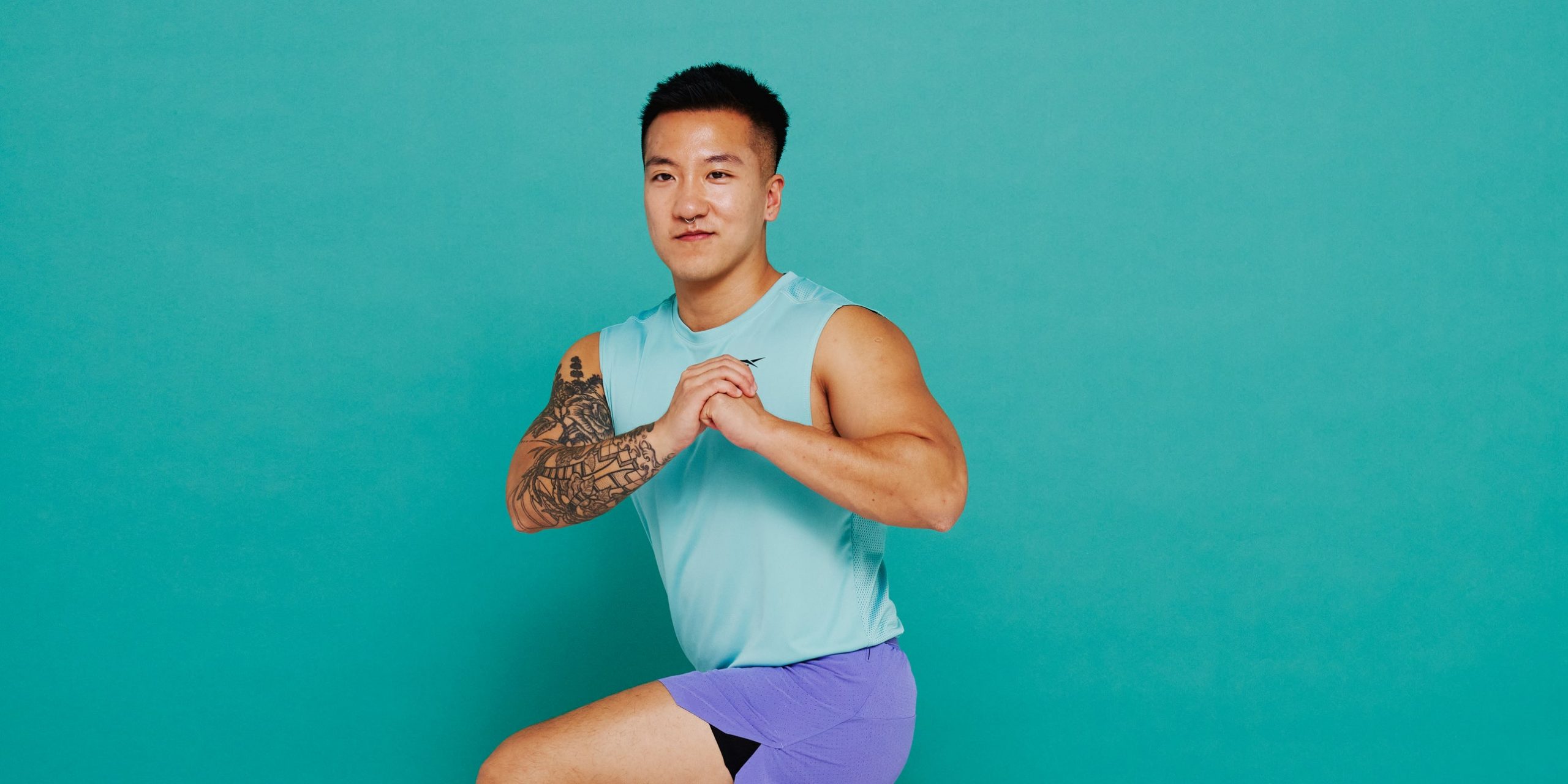
Exercise doesn’t have to involve fancy, complicated moves in order to be effective. In fact, sometimes the simplest routines are best, which is exactly what a calisthenics for beginners workout is all about.
Calisthenics is one of those old-school fitness terms that you’re probably vaguely familiar with (hello, middle school gym class!) but perhaps unsure of what it actually means. Put simply, calisthenics is bodyweight training, Susane Pata, a NASM-certified personal trainer in Miami, tells SELF.
Now, contrary to memories of eighth-grade phys ed, calisthenics aren’t just tough, advanced bodyweight exercises like pull-ups, chin-ups, or handstands. A squat “counts” as calisthenics, as does a lunge, glute bridge, and side plank. Basically, any exercise you perform with just the strength of your own bodyweight and no added resistance (think weights, resistance bands, or machines) qualifies as calisthenics. So no, you don’t really need any specific calisthenics equipment to give this form of fitness a try.
Pata is a huge fan of calisthenics and recommends those kinds of workouts for a wide range of fitness levels. But calisthenics workouts can be an especially great choice for beginners in particular, since there are tons of benefits to prioritizing bodyweight training versus loading up the resistance right off the bat. (More on that below!)
Here, we explain how beginners can get started with calisthenics, the awesome benefits of it—and how you can put it all into practice with a six-move beginner calisthenics workout that Pata created just for SELF.
How can beginners start calisthenics?
A well-rounded beginner calisthenics program should center on foundational movement patterns, Pata says. These include squat, lunge, plank, hinge, rotate, push, and pull.
Because these movement patterns are the basis of so much of what we do during strength training—and in life—it’s important to focus on them from the get-go so that you can master proper technique and learn how to safely and effectively move your body in a variety of scenarios. Nailing foundational movement patterns with proper form and in a solid range of motion can help reduce your risk of injury once you progress to more challenging, complex exercises—say, by adding weight to a squat or by doing jump lunges instead of regular lunges. “You have to master [the basics] first in order to effectively and safely move up the progressive timeline,” Pata says.
When getting started, it’s also important to incorporate calisthenics exercises that have you moving in multiple planes of motion and not just forward and backward in the sagittal plane, which is how many of us spend our days and time in the gym. Multiplanar movement can help reduce your risk of injury and allow you to move strong, Pata says. And it has a direct carryover to everyday life, since there will inevitably be instances when you need to quickly cut to the side (like to step out of the way of an oncoming car, which would be motion in the frontal plane) and move diagonally (like to twist to put away dishes, which would qualify as transverse plane motion). Training in all directions just makes for a more functional workout.






